RIVM report 2017-0131 - The influence of ageing of installations on the cause of accidents involving hazardous substances
There are various causes for incidents involving hazardous substances at companies that work with large quantities of these substances. In the Netherlands, in about 30% of the accidents at this type of company, aging installations are (partly) the cause of the incidents. This is the conclusion of the RIVM based on an analysis of incident reports of incidents at Brzo companies (Brzo; the Major Accident Hazards Decree). The reason for this research is the European Seveso-III directive, which obliges companies to pay attention to the obsolescence of their installations. The directive was introduced in the Netherlands through the 2015 Brzo. These regulations do not contain a definition of obsolescence. The European Union uses a broad definition of obsolescence, which RIVM used for this study. Besides wear and tear of equipment, incidents at these types of companies may also have been caused by aging procedures, organization and knowledge to work safely with the installation. Not much research has yet been done on obsolescence. The 30% observed corresponds to the percentage shown by English research from 2008.
Significance score:
Clarity:
What are external trends or expected mid- and long-term change? What are relevant lessons from others? Outcome of survey on aging process plants. Followed up by DV2030 - baseline measurement of the state of Assets. Ui the DV2030 study showed that installations actually become "younger" through continuous renewal and improvement. A second follow-up study was conducted under DV2030 which resulted in the Asset Management Roadmap.
Target Group(s):
- Policy makers
- HSE managers
- Maintenance managers
- Supervisors
Risk Theme:
- Process Safety - Asset Integrity Management - General
| Category | Publisher | Maker | Language |
|---|---|---|---|
|
Publication |
- |
RIVM |
Dutch |

